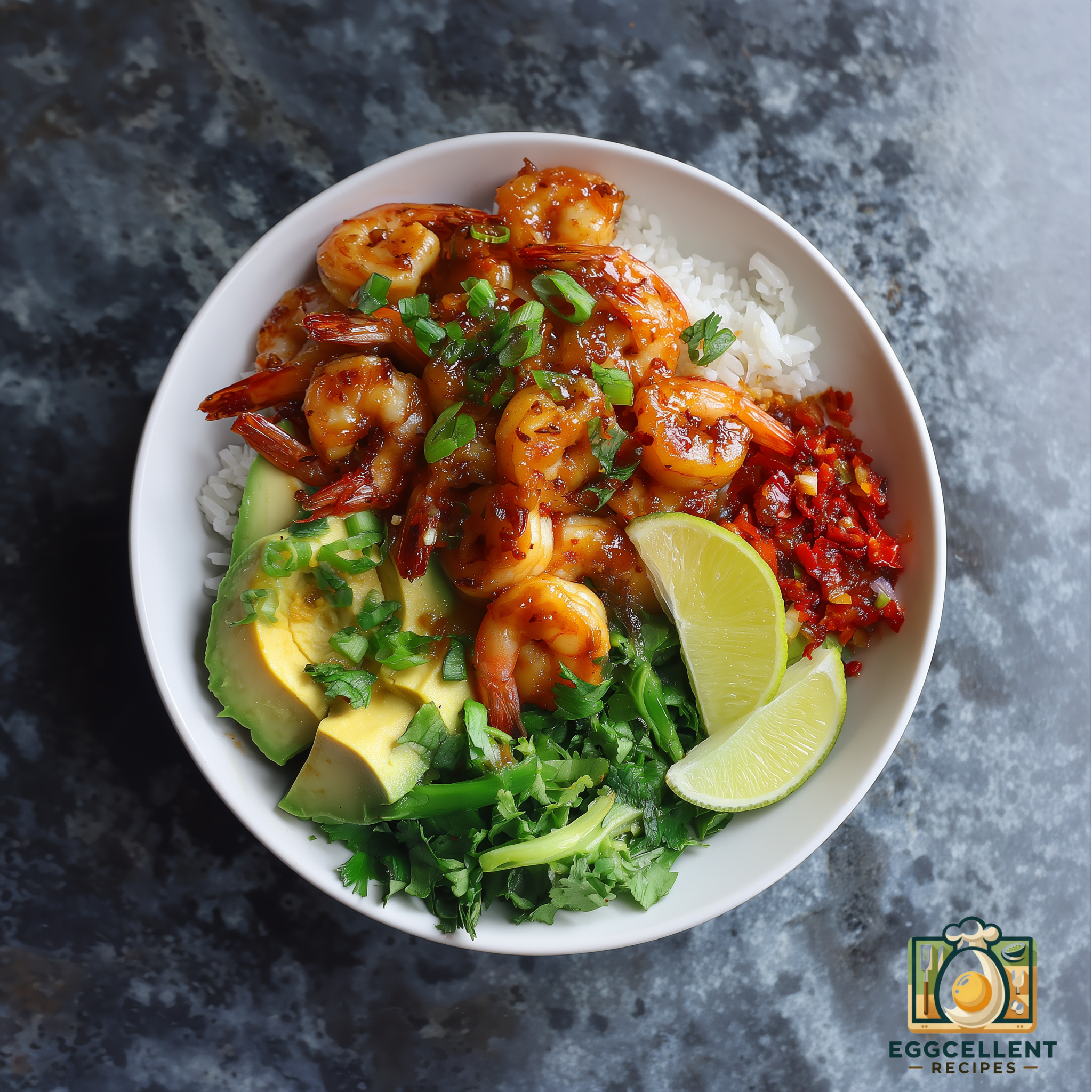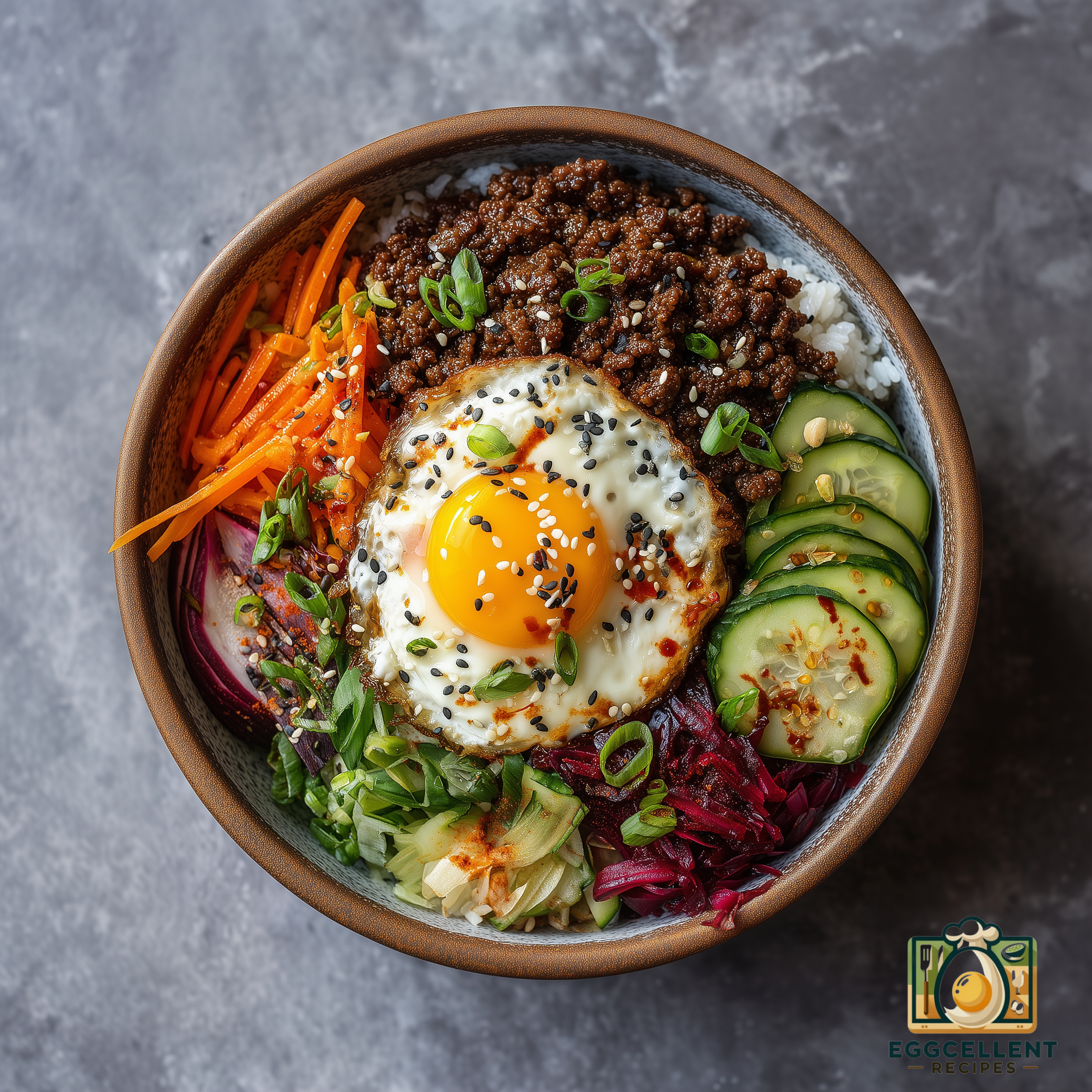
Diabetes management can often feel overwhelming, especially when it involves making significant dietary changes. For women in their 30s to 50s, balancing the demands of health, career, and family can complicate this further. This guide aims to simplify the process, providing a clear roadmap for incorporating a diabetes-friendly diet into your lifestyle, enhancing control over blood sugar levels, and maintaining overall health and vitality.
Understanding Diabetes and Dietary Impact
Effective diabetes management hinges on understanding the relationship between food and glucose levels. Here’s a breakdown of key concepts to help you get started:
- Carbohydrate Management: Carbohydrates have the most immediate impact on blood glucose levels. It’s crucial to understand not just the quantity but the type of carbohydrates consumed. Complex carbohydrates with a low glycemic index are preferable as they cause slower, more manageable increases in blood glucose.
- Balanced Meals: Each meal should be a balanced mix of carbohydrates, proteins, and fats to stabilize blood sugar levels and support overall health.
- Portion Control: Controlling portion sizes helps manage calorie intake and can prevent blood sugar spikes.
What to Eat: Building a Diabetes-Friendly Diet
Incorporating a variety of nutritious foods is key to managing diabetes effectively. Here’s what to include in your diet:
- Vegetables: Non-starchy vegetables like leafy greens, peppers, and broccoli are low in calories and carbohydrates but high in vitamins, minerals, and fiber.
- Whole Grains: Opt for whole grains like quinoa, whole wheat, and oats over processed grains, as they have a lower impact on glucose levels.
- Lean Proteins: Include sources like chicken, fish, tofu, and legumes. These foods do not directly impact blood sugar and help in feeling full and satisfied.
- Healthy Fats: Avocado, nuts, seeds, and olive oil contribute healthy fats that help modulate blood sugar spikes.
- Fruits: Choose fruits lower in sugar, like berries and apples, and be mindful of portion sizes.
Getting Started: Practical Steps for Implementing Your Diet

- Education: Learn about carbohydrate counting and the glycemic index of foods. Understanding these can help you make better food choices.
- Meal Planning: Plan your meals a week in advance to avoid last-minute decisions that might not be diabetes-friendly.
- Consult a Dietitian: A registered dietitian can help create a meal plan tailored to your specific health needs, preferences, and lifestyle.
- Regular Monitoring: Keep track of your blood sugar levels to understand how different foods and meals affect your body.
Weekly Meal Plan Overview
The following plan is structured to provide balanced meals with a focus on low glycemic index foods, appropriate portions, and nutrient-dense options. Each day includes three main meals and two snacks to help stabilize blood sugar throughout the day.
Day 1:
- Breakfast: Greek yogurt with mixed berries and a sprinkle of flaxseed.
- Mid-Morning Snack: A small apple with almond butter.
- Lunch: Grilled chicken salad with mixed greens, cherry tomatoes, avocado, and vinaigrette.
- Afternoon Snack: Hummus with sliced cucumbers and bell peppers.
- Dinner: Baked salmon with steamed broccoli and quinoa.
Day 2:
- Breakfast: Oatmeal topped with a handful of walnuts and cinnamon.
- Mid-Morning Snack: Cottage cheese with sliced peaches.
- Lunch: Turkey and avocado wrap with whole grain tortilla and mixed greens.
- Afternoon Snack: Mixed nuts.
- Dinner: Stir-fried tofu with mixed vegetables over brown rice.
Day 3:
- Breakfast: Smoothie with spinach, protein powder, a small banana, and unsweetened almond milk.
- Mid-Morning Snack: Boiled eggs.
- Lunch: Quinoa salad with black beans, diced peppers, onions, and cilantro with a lime dressing.
- Afternoon Snack: Greek yogurt.
- Dinner: Grilled shrimp with a garlic lemon butter sauce and asparagus.
Day 4:
- Breakfast: Scrambled eggs with spinach and mushrooms.
- Mid-Morning Snack: A small pear.
- Lunch: Baked chicken breast with sweet potato and green beans.
- Afternoon Snack: Raw carrots and celery with guacamole.
- Dinner: Beef stew with lots of vegetables.
Day 5:
- Breakfast: Chia pudding made with unsweetened coconut milk and topped with kiwi.
- Mid-Morning Snack: A handful of blueberries.
- Lunch: Grilled fish taco with cabbage slaw on a whole grain tortilla.
- Afternoon Snack: A few slices of cheese and whole-grain crackers.
- Dinner: Pork tenderloin with roasted Brussels sprouts and a side salad.
Day 6:
- Breakfast: Pancakes made with almond flour served with a strawberry compote.
- Mid-Morning Snack: A small orange.
- Lunch: Lentil soup with a side salad.
- Afternoon Snack: An ounce of dark chocolate and almonds.
- Dinner: Chicken curry with mixed vegetables served over cauliflower rice.
Day 7:
- Breakfast: Breakfast burrito with scrambled egg whites, salsa, and black beans in a whole grain tortilla.
- Mid-Morning Snack: A peach.
- Lunch: Roast beef slices with horseradish sauce, roasted carrots, and parsnips.
- Afternoon Snack: Sliced bell peppers with tzatziki.
- Dinner: Grilled lamb chops with mint sauce, side of steamed green beans and a small baked potato.
Conclusion
Adopting a diabetes-friendly diet isn’t just about restrictions; it’s about creating a balanced, enjoyable approach to eating that sustains not just your blood sugar levels but also your joy in food. With thoughtful preparation and informed choices, you can effectively manage your diabetes and lead a healthy, fulfilling life.






